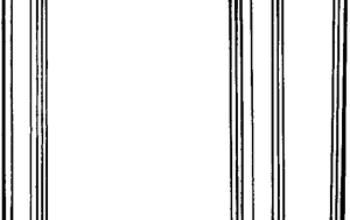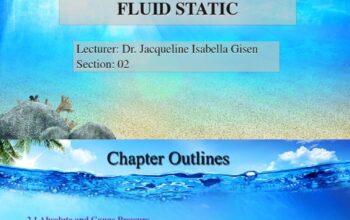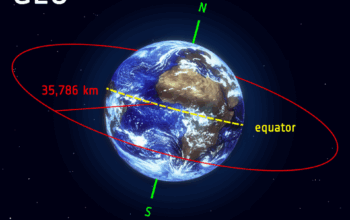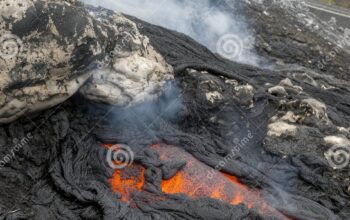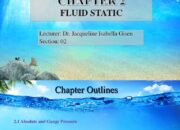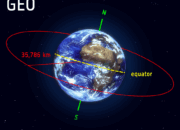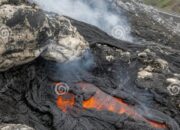Earth’s magnetic shield, an awe-inspiring feat of natural engineering, serves as a formidable barrier against the incessant barrage of solar winds and cosmic radiation originating from the vast expanses of space. This shield is primarily generated by the dynamo effect of Earth’s molten iron core, creating a geomagnetic field that extends thousands of kilometers into space, effectively safeguarding the planet and its inhabitants from potentially catastrophic solar particles. However, recent observations have sparked discussions surrounding the integrity of this crucial defense mechanism, leading to the hypothesis that it may be exhibiting porous characteristics, akin to a sieve rather than a solid barrier.
The phenomenon of Earth’s magnetic shield exhibiting “porous” attributes has garnered significant attention among researchers and astrophysicists, as it seemingly contradicts the fundamental understanding of geomagnetic properties. The implications of a compromised magnetic shield are far-reaching, introducing potential vulnerabilities to technological systems, human health, and climate stability. To understand this concept, it is imperative to first delineate the structure and function of the geomagnetic field.
The geomagnetic field can be likened to a bar magnet tilted approximately 11 degrees from the rotational axis of the Earth. This field comprises distinct regions, including the magnetosphere, which protects the planet from solar wind—a continuous stream of charged particles emitted by the sun. The magnetosphere is delineated by the magnetopause, where the Earth’s magnetic influences interact with external solar forces. Within this protective bubble, charged particles are trapped, forming the radiation belts known as the Van Allen belts. These belts serve as a secondary measure of protection, absorbing and deflecting harmful radiation.
Despite this robust protective mechanism, studies have indicated that segments of the magnetosphere may be becoming less effective at deflecting or capturing these solar particles. This leads to a striking observation: the magnetic shield’s ability to act as a sieve. Variations in solar activity, particularly during solar maximum periods when the sun exhibits heightened activity, result in fluctuating solar wind intensity. These waves of charged particles can create disturbances in the magnetic field, potentially resulting in transient gaps or “holes” in the shield.
The notion of porosity in the geomagnetic field raises intriguing questions regarding its interaction with solar winds. For instance, solar storms, or coronal mass ejections (CMEs), release immense quantities of charged particles that can overwhelm the magnetic defenses. In instances where the magnetic field is compromised, these particles may penetrate deeper into the atmosphere, posing risks to satellites and electronic systems. The resultant electromagnetic interference can disrupt communications, navigation systems, and even terrestrial electrical grids.
This susceptibility to solar events paints a stark contrast to the historical resilience of the geomagnetic shield. During previous solar cycles, particularly during the peak phases of solar activity, the magnetosphere has exhibited remarkable capacity to absorb and deflect solar energies. However, the gradual alteration of Earth’s magnetic field may suggest a more dynamic interplay with environmental and cosmic influences, prompting scientists to revisit and refine existing models of geomagnetic behavior.
To comprehend the broader implications of these observations, one must consider the geophysical processes that could lead to changes in the Earth’s magnetic field strength and structure. Geomagnetic excursions and reversals, events that considerably alter Earth’s magnetic polarity over geological timescales, are well documented in the geologic record. These phenomena suggest that magnetic fields are not static but are subject to variations driven by internal Earth processes, including convection currents in the outer core and tectonic activities.
Moreover, external influences, including the Earth’s position within the solar system and interactions with other celestial bodies, cannot be ignored. The gravitational forces exerted by the Moon and the Sun, along with cosmic events such as supernovae, may impose additional stress on the Earth’s magnetic field, contributing to its dynamic and, at times, precarious state. Such interrelationships indicate that the geomagnetic system is constantly in a state of flux, influenced by both terrestrial and extraterrestrial forces.
Furthermore, the growing concern over climate change introduces an additional layer of complexity to the understanding of the geomagnetic shield. Some researchers have posited that shifts in the magnetic field could correlate with alterations in climate patterns. As increased solar radiation reaches the atmosphere, it may influence weather events and climate variability, prompting further investigation into the interconnectedness of the geomagnetic shield, solar activity, and terrestrial climate systems.
The fascination surrounding the Earth’s magnetic shield lies not only in its protective capabilities but also in the myriad of questions it raises. Understanding the implications of its potential porosity will take concerted efforts from multidisciplinary teams, employing advanced technologies such as satellite observations and ground-based instrumentation to monitor fluctuations in geomagnetic strength and structure. As Earth continues to experience natural and anthropogenic changes, the resilience of this magnetic shield must be a paramount focus, not only to safeguard technological advances but also to preserve the ecological balance that sustains life on this planet.
In summary, the possibility of Earth’s magnetic shield acting like a sieve marks a significant deviation from traditional understandings of geomagnetic stability. It opens a discourse on how this protective barrier interacts with high-energy solar phenomena, internal Earth dynamics, and broader cosmic influences. Only through sustained research and exploration can we hope to unravel the complexities of our planet’s magnetic defenses and their implications for the future.


